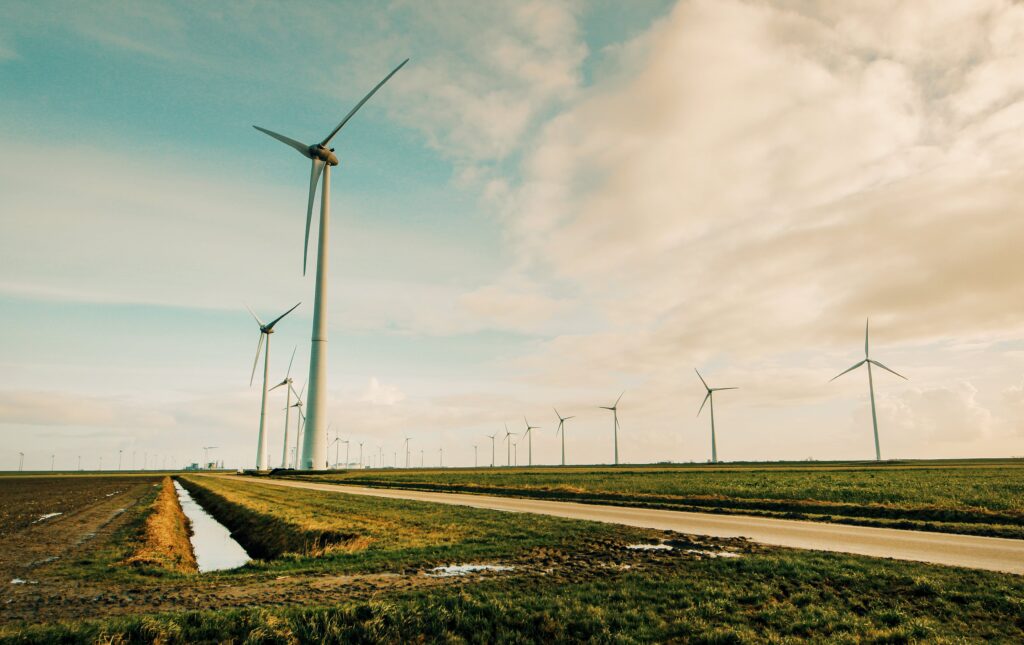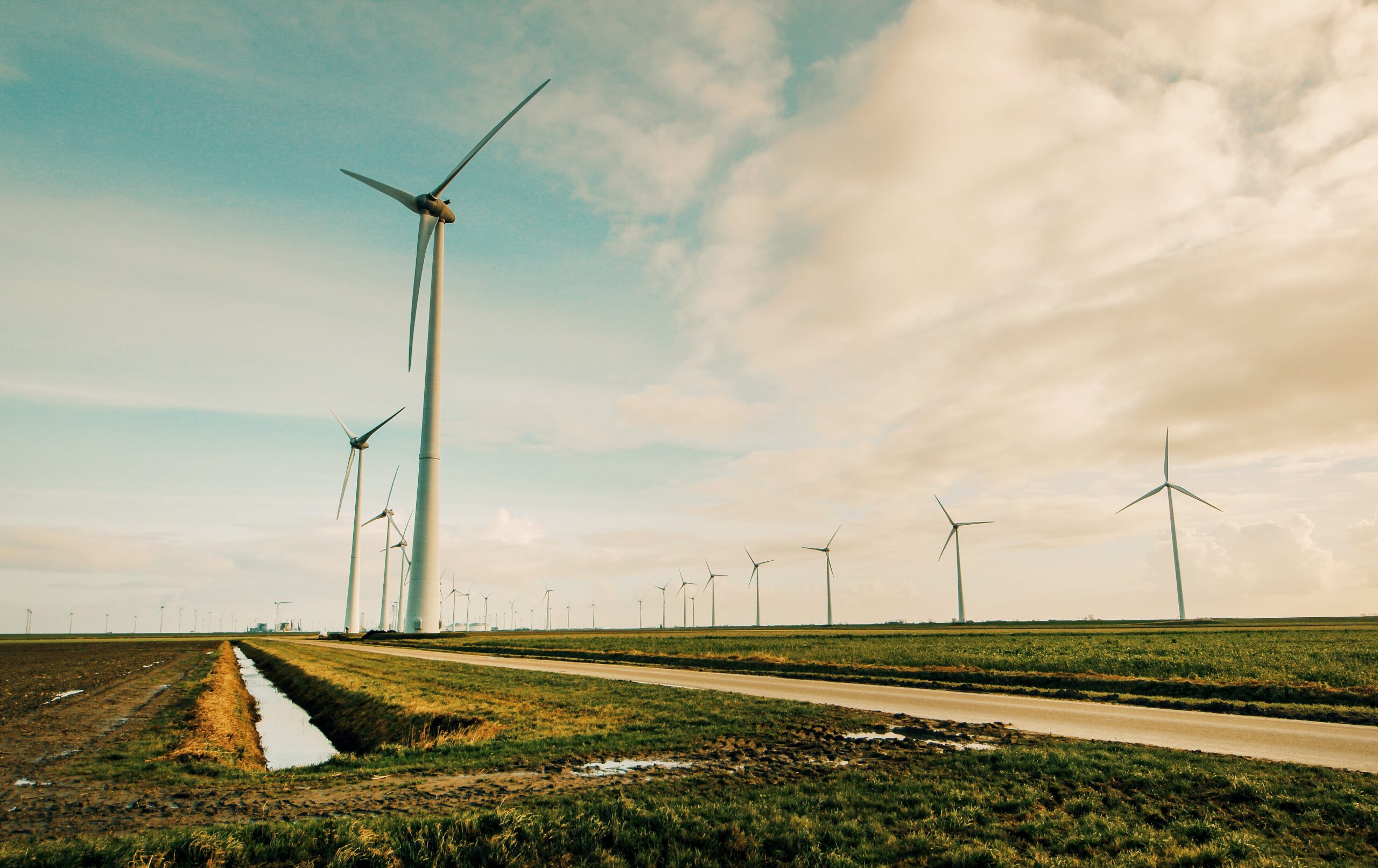
With an energy-hungry economy, a historic reliance on coal, and vast manufacturing enterprises, China is the world’s single largest emitter, accounting for 27% of the world’s carbon dioxide and a third of all greenhouse gas emissions.
But China is also the world’s largest manufacturer of solar panels and wind turbines. Domestically, it is installing green power at a rate the world has never seen. This year alone, China built enough solar, wind, hydro, and nuclear capacity to cover the entire electricity consumption of France. Next year, we may see something even more remarkable: the population giant’s first ever drop in emissions from the power sector.
The COP28 climate talks began well, buoyed by November’s Sunnyland Statement between China and the United States, the second largest emitter. At previous climate talks, US-China cooperation has been lacking. But this time, they’re largely on the same page.
The statement outlined joint support for the global tripling of renewable energy by 2030, tackling methane and plastic pollution, and a transition away from fossil fuels.
The urgency of now
China has been looking for better coordination with the US on climate since US President Joe Biden took office. Climate is an area where these competing major powers can cooperate.
The COP28 talks in Dubai, meant to finish tomorrow, offer a window for joint action. Next year, the US could elect a different president with very different views on climate. China’s well-regarded veteran special climate envoy, Xie Zhenhua, is about to retire.
In these talks, China, the world’s top oil importer, is looking for a compromise solution to the tense debate over fossil fuels. The world’s cartel of oil-producing countries, OPEC, has called for focusing on emissions reduction rather than fossil fuel phase-out in the declaration. Xie and his team are trying to find a middle ground to ensure a final deal.
China has long been criticized for its continuing coal-fired power plant expansion. It has the world’s largest coal power fleet and approved another 106 gigawatts worth of new coal plants just last year—the equivalent of two a week. But the five major state-owned power companies are already burdened by heavy financial losses.
A country of engineers
In developed countries, much clean energy work is driven by energy economists, who use incentives to change behavior.
China is a country of engineers who see these challenges as technical rather than economic.
In 2007, China released a national action plan on climate, calling for technological solutions to the climate problem. Private and state-owned companies responded strongly.
Fifteen years later, China is in the lead in every low-carbon category. Its total installed renewable capacity is staggering, accounting for a third of the world’s total, and it is leading in electric vehicle production and sales.
In 2023, low-carbon sources such as hydro, wind, solar, bioenergy, and nuclear made up over 53% of China’s electricity-generating capacity.
How did China boost clean energy so fast?
China’s huge domestic market and large-scale deployment of wind and solar contribute greatly to plummeting renewable costs. Steadily lowering costs means green energy becomes viable for developing countries.
In 2012, a large team from China Power Investment Corporation arrived in the high desert in Qinghai province and began building 15.7 GW worth of solar across 345 square kilometers.
It was here that China first figured out how to make intermittent power reliable. Excess power was sent to a hydropower station 40km away and used to pump water uphill. At night, the water would flow back down through the turbines. Technologies developed here are now being used in other large-scale hybrid projects, such as hydro-solar, wind-solar, and wind-solar-hydro projects.


